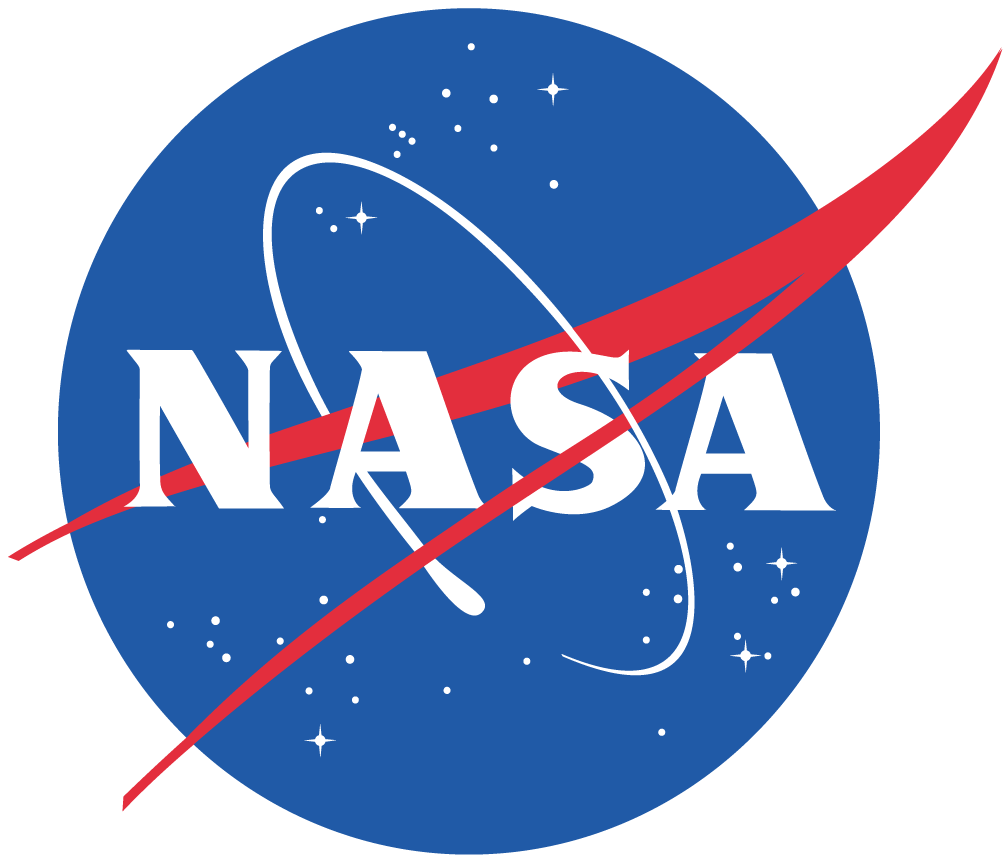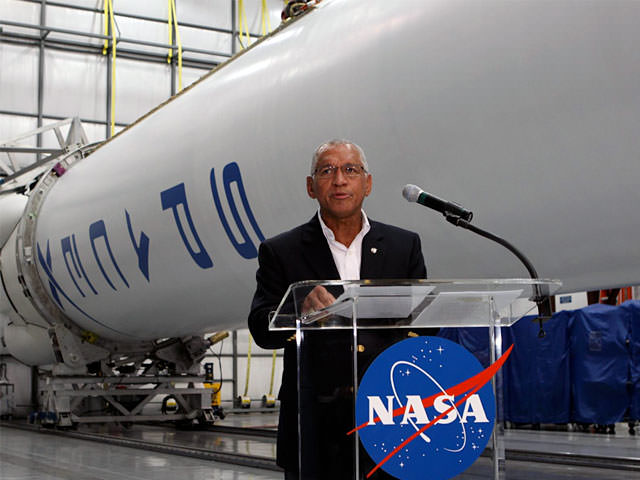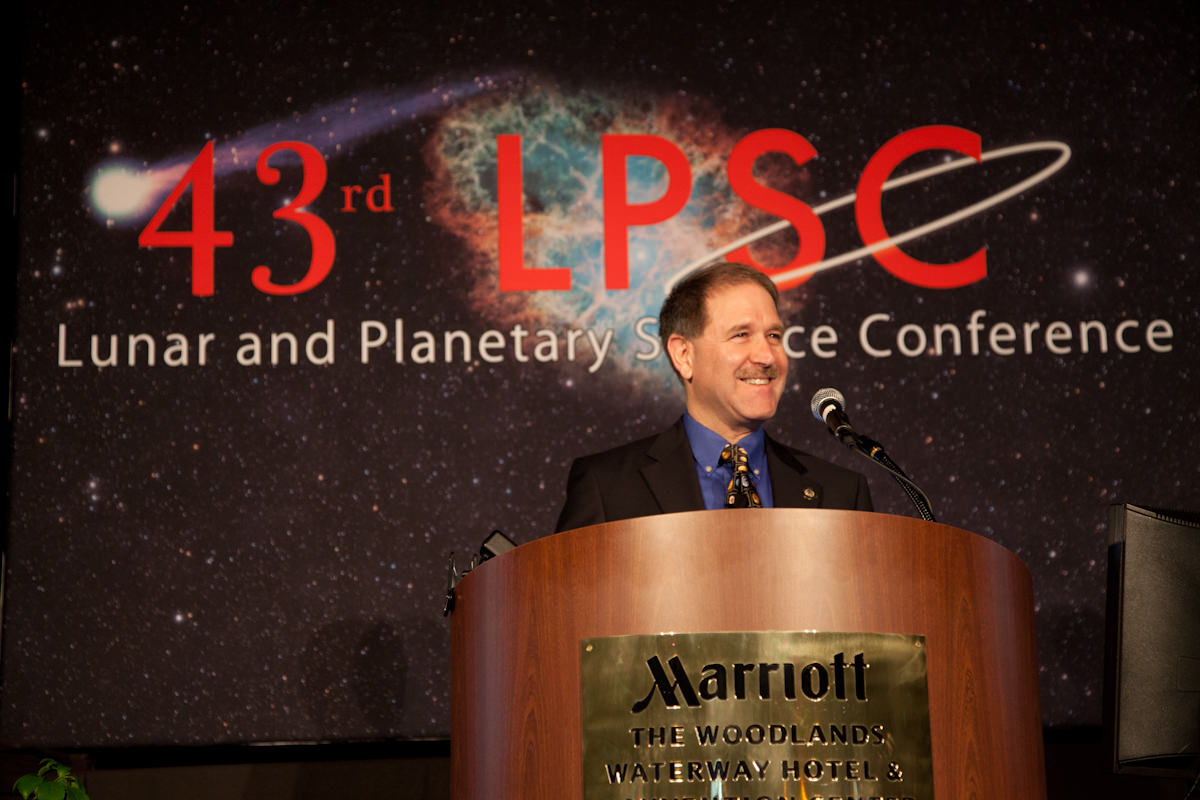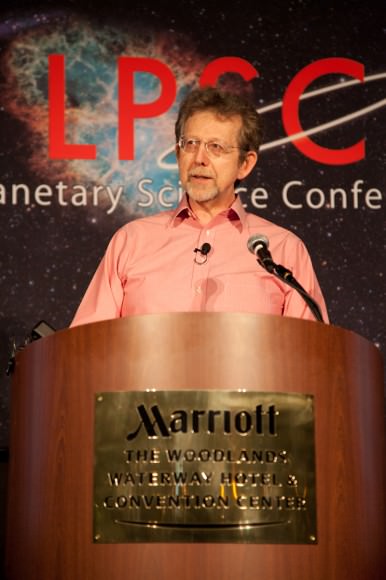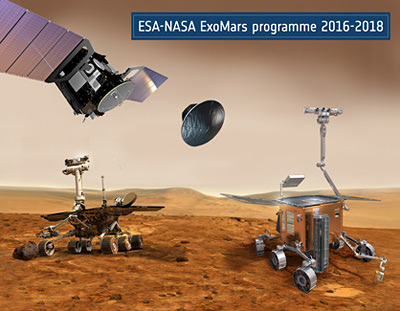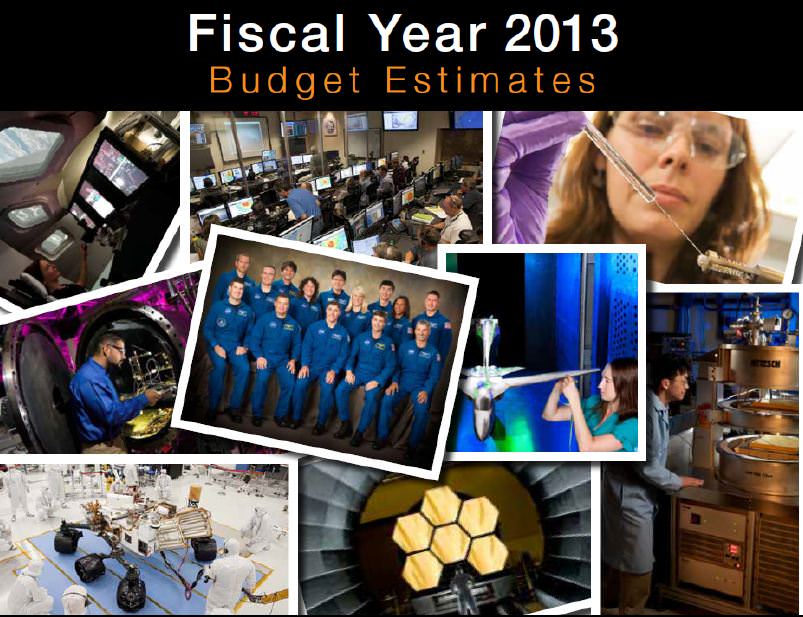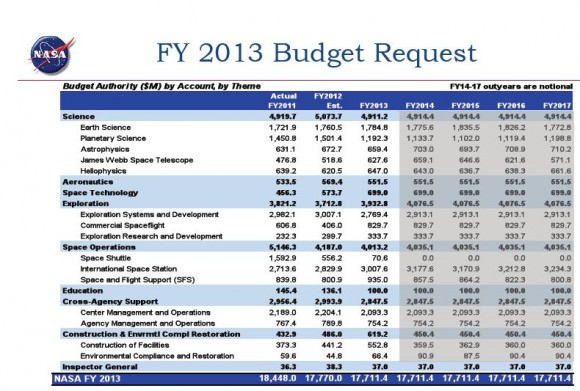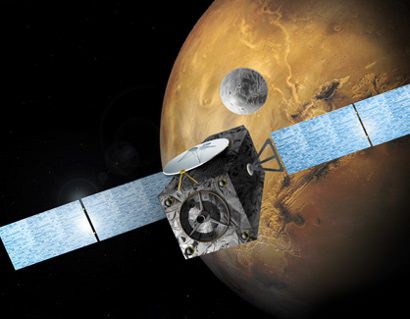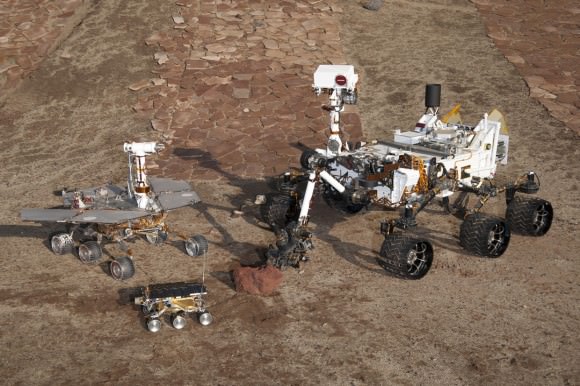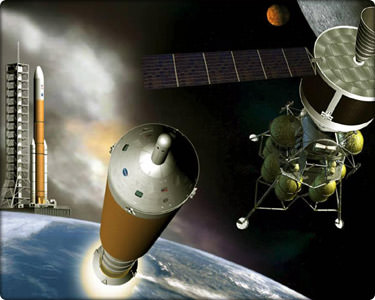NASA has released their budget proposal for 2014 and, as rumored, it includes funding for the preliminary work to begin a mission to capture an asteroid and bring it to lunar orbit. This is part of President Obama’s $3.77 trillion spending plan for the US budget, and the Fiscal Year 2014 request for NASA totals $17.7 billion. This is $50 million less than the request for 2013, and NASA said they had to make some “tough choices” in putting the proposal together. The new proposal appears to hit the Planetary Science program especially hard (no new missions to the outer planets or moons, it appears), but does include money for Plutonium-238 production and additional funding for asteroid detection. But both those enterprises now rest solely with the Planetary Science budget.
“This budget focuses on an ambitious new mission to expand America’s capabilities in space, steady progress on new space and aeronautic technologies, continued success with commercial space partnerships, and far-reaching science programs to help us understand Earth and the universe in which we live,” said NASA administrator Charlie Bolden in a statement. “It keeps us competitive, opens the door to new destinations and vastly increases our knowledge. Our drive to make new discoveries and dare new frontiers continues to improve life for people everywhere and raise the bar of human achievement.”
This certainly is not the final numbers of what NASA could receive. For example, for the FY 2013 budget request, NASA asked for $17.711 billion, but with cuts and sequestration, the final number about $16.6 billion.
The proposed budget for 2014 includes funding for NASA’s ongoing human spaceflight program at the ISS as well as the continuation of building the Space Launch System rocket and Orion deep-space capsule. NASA expected un-crewed test flight planned for as early as 2017 and a crewed flight as early as 2021.
It also continues funding for the James Webb Space Telescope (expected to launch in 2018), but cuts the funding for planetary science – one of NASA’s most successful areas – by $272 million. However, it does include $100 million earmarked for the asteroid detection program, which was added to the Planetary Science budget. It also includes funding for another Mars rover very similar to Curiosity, expected to be launched in 2020.
In an interesting move, the budget proposes consolidating the NASA education and outreach programs with the National Science Foundation, the Department of Education, and the Smithsonian Institution. STEM outreach is another of NASA’s success stories, but it appears some of NASA’s education budget is going to other agencies as part of government-wide STEM restructuring.
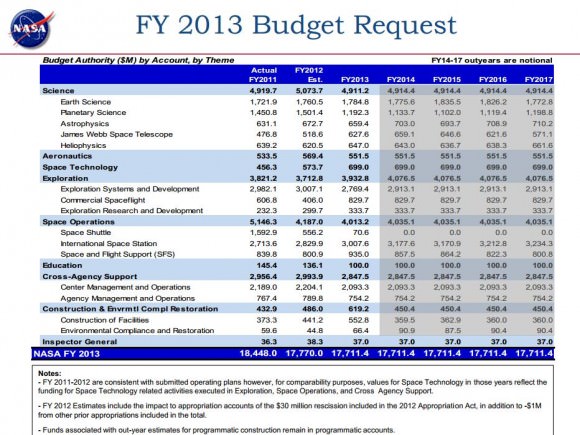
This video provides some of the highlights, but below is more information:
Here are the highlights of the 2014 budget proposal for NASA:
- While making tough choices, NASA says this budget reinforces the agency’s current balanced portfolio of aeronautics and space technology development, Earth and space science, the development of rockets and capsules to carry explorers deeper into space, and the use of innovative commercial partnerships for crew and cargo transport to the International Space Station.
- Includes funding needed to develop a Commercial Crew capability, with the intent of supporting a new industry that regains the capability to send American astronauts into space from U.S. soil and ends the need to pay foreign providers to transport American astronauts to the International Space Station.
- Increases investment in space technologies, such as advanced in-space propulsion and space propellant storage, which are necessary to increase America’s capabilities in space, bring the cost of space exploration down, and pave the way for other Federal Government and commercial space activities.
- Fully funds the Space Launch System heavy-lift rocket and Orion Multi-Purpose Crew Vehicle, two key elements for pushing the boundaries of human space exploration. This funding level will enable a flight test of Orion in 2014 and the Space Launch System in 2017.
- Keeps development of the James Webb SpaceTelescope, the more powerful successor to the Hubble SpaceTelescope, on track for a 2018 launch.
- Provides over $1.8 billion for Earth Science to revamp the Landsat program, develop climate sensors for the Joint Polar Satellite System, and conduct numerous other satellite and research efforts.
- Begins work on a mission to rendezvous with—and then move—a small asteroid. Astronauts would later visit the asteroid and return samples to Earth, achieving one of the agency’s major goals in a more cost-effective manner.
Of the asteroid mission Bolden said, “This mission represents an unprecedented technological feat that will lead to new scientific discoveries and technological capabilities and help protect our home planet. This asteroid initiative brings together the best of NASA’s science, technology and human exploration efforts to achieve the president’s goal of sending humans to an asteroid by 2025. We will use existing capabilities such as the Orion crew capsule and Space Launch System (SLS) rocket, and develop new technologies like solar electric propulsion and laser communications — all critical components of deep space exploration.”
- Continues the agency’s important role in the Nation’s aeronautics research and development portfolio, including a new initiative to make lighter composite materials more easily useable in aviation.
- Funds research on the International Space Station, while identifying efficiencies in operations and space flight support.
- Consolidates $47.5 million of small science, technology, engineering, and mathematics (STEM) education programs from across NASA into larger programs at other agencies to achieve the best return on investment, while attaining tangible Government-wide STEM education goals. The Budget preserves $67.5 million for the Space Grant and Global Learning and Observations to Benefit the Environment programs at NASA, as well as key minority-serving education programs, and refocuses an additional $26.8 million from other NASA education and outreach programs to facilitate the wider application of its best education assets in close coordination with the National Science Foundation, the Department of Education, and the Smithsonian Institution.
Read the full 2014 Budget Proposal here,
, and find additional info and links here.

